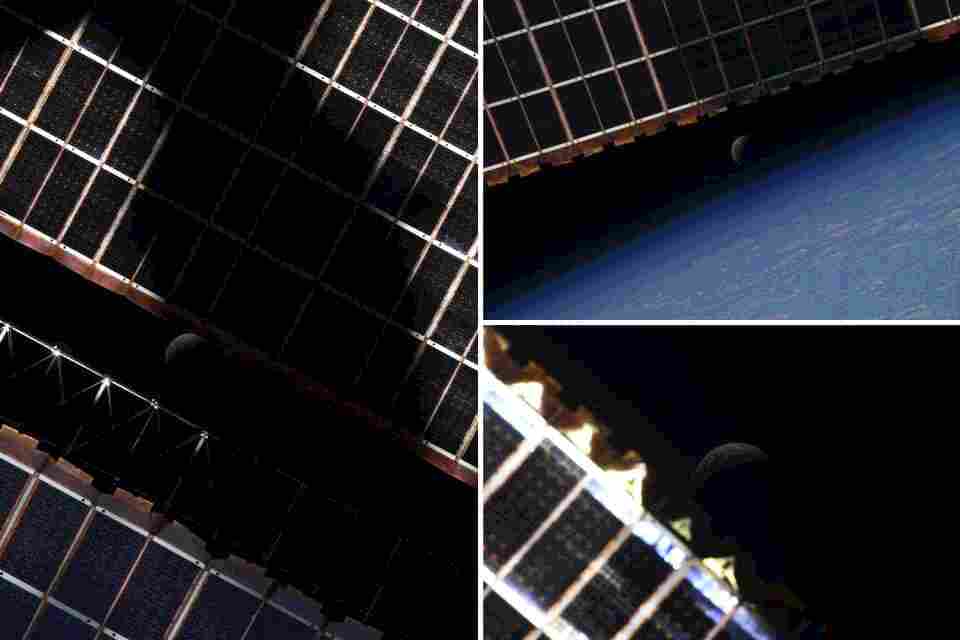Technology
Astronaut reveals stunning images of lunar eclipse as seen from the International Space StationJona JaupiTechnology and Science – latest news | The Sun
NEW images reveal the recent lunar eclipse as seen from the International Space Station. European Space Agency (ESA) astronaut Samantha Cristoforetti took to Twitter on Monday to share three stunning new photographs of space. The images display the recent lunar eclipse – also known as a ‘Blood Moon’ – that occurred on May 15 from

NEW images reveal the recent lunar eclipse as seen from the International Space Station.
European Space Agency (ESA) astronaut Samantha Cristoforetti took to Twitter on Monday to share three stunning new photographs of space.
Several images reveal the recent lunar eclipse as seen from the International Space Station.
The images display the recent lunar eclipse – also known as a ‘Blood Moon’ – that occurred on May 15 from three different vantage points.
In one of the photos, Earth’s glowing blue atmosphere could be seen in the background.
Also seen clearly in all three images are the wings of the International Space Station (ISS) – which consist of solar array panels.
“A partially eclipsed Moon playing hide-and-seek with our solar panel,” Cristoforetti tweeted in both English and Italian.
Since going live, the images have garnered thousands of likes and hundreds of comments and retweets.
“Saw the station last night while watching the eclipse! Waved at you all and wondered how great the view was from up there. Thank you for sharing these photos!” one Twitter user commented.
“Amazing photos, thanks for sharing,” a second user echoed.
“These are some of the coolest pictures of the moon I’ve seen. It looks like they’re straight out of a movie,” a third person chimed in.
Most read in Tech
What is a lunar eclipse?
The Earth is constantly rotating around the Sun, and the Moon is constantly rotating around the Earth.
Sometimes all three can align, placing the Earth directly between the Sun and the Moon in a straight line.
It means the Moon is in the darkest part of Earth’s shadow – the “umbra”.
And due to the convenient sizing and distancing of all three objects, no sunlight can directly reach the Moon.
However, some sunlight is refracted by Earth’s atmosphere, making the Moon appear reddish – hence the name “Blood Moon”.
Lunar eclipses typically last just a few hours and can be viewed from anywhere on the night side of Earth.
Because they’re typically quite dim, it’s also possible to view lunar eclipses without eye protection, which isn’t the case with a solar eclipse.
How many types of lunar eclipses are there?
There are three different types of lunar eclipses.
A ‘Total lunar eclipse’ is when the Moon turns deep red, receiving only light that’s passed through Earth’s atmosphere.
Read More On The Sun
‘Penumbral lunar eclipses’ happen when the Sun, Moon, and Earth fail to form a perfectly straight line, so the Moon only travels through the outer part of Earth’s shadow.
Lastly, a ‘Partial lunar eclipse’ describes when part of the Moon travels through Earth’s full shadow – which results in part of the Moon being darkened.
We pay for your stories!
Do you have a story for The US Sun team?
Email us at exclusive@the-sun.com or call 212 416 4552. Like us on Facebook at www.facebook.com/TheSunUS and follow us from our main Twitter account at @TheSunUS
Technology and Science – latest news | The Sun